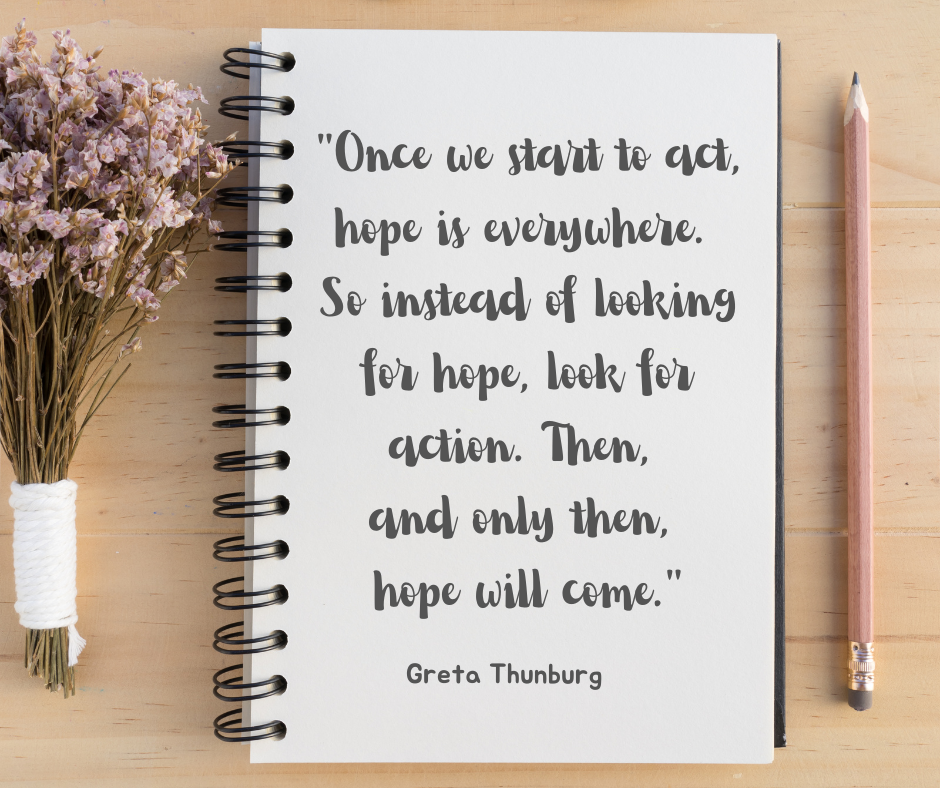Why batching is one of the best ways to take action (and increase your productivity!)

This month I have been focusing on taking action: on small everyday tasks in order to establish healthy habits, as well as on larger projects where intense, focused action over a short period of time has been required to get the job done!
If you’re wanting to increase your productivity by working smarter, not harder, you NEED to try batching. In this post, I will explore the concept of batching, which is my favourite technique for taking action AND sustaining it, so you can create momentum and keep moving forward.
Batching isn’t a new strategy, but it is a strategy many high-performers use in all areas of their life to get stuff done. One of the first people who introduced me to the concept of batching was online marketing guru, Amy Porterfield when she talked about using batching to create consistent podcast episodes.
Before employing the batching technique, she released episodes of her podcast sporadically. When she decided that the podcast was going to be a key pillar in her business strategy, she committed to producing an episode every week, and used batching to create a number of episodes at once.
This is essentially the definition of batching: doing a lot of the same tasks at once to produce a consistent output.
In his YouTube video, How Batching Can Help You Maximise Your Productivity, author Tim Ferriss says batching is like doing the laundry. You wouldn’t wash a single sock, you’d wait until you had a few items, or a “load” and do it all at once. This makes the task more efficient because you’re washing multiple things at once, only using the washing machine when you have to, which saves water, electricity, and laundry detergent by using it for multiple items, rather than just one sock.
The advantage of batching is that you are grouping the execution of similar tasks, and allowing your brain to deeply focus on one thing for a specific period of time.
The benefit of this is that you do not become distracted by jumping from task to task, such as writing a report, then checking email or making phone calls and trying to refocus on your report. You are allowing your brain a solid amount of time to focus and ideally get into flow state to create your best work.
Batching is particularly beneficial for creative tasks, such as writing, creating content, or completing a complex piece of work.
You can also batch other day-to-day tasks, such as email, phone calls, and housework.
The batching technique can also be used to structure your day, week, month, quarter, or year. For example, you might find you focus best in the morning, so you will complete any creative or deep-thinking pieces of work before lunch, and focus on less complex tasks, such as emails and phone calls in the afternoon.
You can also batch your days by dedicating specific tasks to certain days of the week, such as marketing on Mondays, meetings on Tuesdays, deep-focused work on Wednesdays, etc. By creating this structure in your week, you can then arrange your calendar accordingly, only booking meetings on certain days and therefore managing the expectations of clients or work colleagues. The end result is a routine that maximises your productivity by optimising your cognitive state, i.e. working on creative or complex tasks when your brain is most alert, and less mentally demanding tasks when it is not.
I use the batching technique as often as I can, for managing work and household tasks. For example, I usually dedicate Fridays to recording my podcasts episodes. However, writing and preparation of my podcast content is done first thing in the morning when I am most alert. Rather than doing one blog or social media post at a time, I will usually do at least one week to one month’s worth of content for these areas in one sitting.
The other advantage of batching is making sure you have the tools you need in front of you. For example, in the case of creating content, I only have the browser windows or apps I’m using open. This means I close my email and other apps while I’m working on these areas to avoid distraction.
If you’re creating a physical item: crafting, or cooking, for example, batching encourages you set up your work space according to what you’re making, with only the tools and materials you need. When you’re finished, you can then pack up and put everything you’ve used away until next time. When you’re working on a project for a couple of hours, (as opposed to snatching minutes here and there) you will be inclined to prep and set up your workspace more carefully. This results in a much tidier and productive workspace.
As I’ve touched on, I usually batch similar tasks in my business. I also find the batching technique helpful at home for activities such as folding washing, cooking, and gardening. When I fold the washing I drag all of the baskets of clean clothes into our bedroom and fold on the bed. I usually listen to an audiobook or podcast while folding (this is the “carrot” to entice me to start!). I work through several baskets at a time and then put everything in baskets for each person, which goes to their room to pop away. I find this method quicker and much more pleasant (especially when I get engrossed in audiobook) than folding ad-hoc during the week.
You’re probably familiar with the term “batch cooking”, and I love employing this strategy on the weekend to do a big cook up of meals we can freeze and reheat to eat during the week – especially when I’m less motivated to cook after a long day at work. I also batch cook lunchbox treats such as muffins and biscuits for the kids, or even just chop and freeze food that can be easily thrown into meals during the week.
When I garden, I usually focus on one task per session, such as pruning, weeding, mulching, taking cuttings, or planting out new plants. This means I equip myself with the tools I need to do the job I’m focusing on, making the whole process much more efficient when I’m not scrummaging around looking for tools.
So, how you can apply batching in your life? Firstly, think about your daily schedule. What are the tasks you do regularly? What tasks could be bundled into a batching session? Some ideas could include: work tasks, paying bills or doing personal admin, planning your meals, cleaning your home, organising your diary, calendar or activities, buying greeting cards, or shopping for birthday or Christmas presents – the options really are endless and varied according to your lifestyle.
I hope this post has inspired you to give batching a go, if you haven’t already. If you are familiar with batching, I challenge you to think about what other areas of your life you could apply this priceless productivity hack to.
“Once we start to act, hope is everywhere. So instead of looking for hope, look for action. Then, and only then, hope will come.” – Greta Thunburg
